Hello, Conservario here.
I don't know if you are self-taught and practicing hard, or if you are taking lessons at a music school or you’re a professional or a student at a music college, but there is one thing you should keep in mind.
It’s impossible to learn everything, including the smallest details, in a few years.
By small things, I mean things like how to tune in a serious recording environment, the angle of where to put the capo, and so on.
I hear people say, “I can tune just fine, and I use my capo a lot.” However, the way professionals do it and the way the general public does it are sometimes somewhat different.
To be clear, this column continues to be very detailed and has a very niche audience.
If you want to happily play your music, please don't read this column!
I will tell you what I have learned in the field of professionalism.
■ Tuning when using a tuner
Most people use a tuner when tuning.
If you have absolute pitch, you may not need to use a tuner, but if you don’t please use a tuner.
If you are not a beginner, you should use a tuner.
Those who say such a thing are admitting that they have never played professionally and do not know anything about the field.
If you don't have a tuner, even a cheap one, please go out and buy one now.
Recently, there are free apps available, which is fine, but you may want to get used to using your phone for practicing after you have some experience with it.
Now, let me preface this by talking about how to tune.
“Tune it right in the middle or just a little bit lower.”
I think it’s common knowledge that you should tune your guitar exactly in the middle, but do you have guitars that don't quite stay in that tuning?
Most of the time, it’s the guitar that is out of tune.
Unfortunately, such guitars cannot be used for recording.
You will need to take it to a repair store to have it adjusted or have some parts replaced.
Did you know that all types of tuners are made with a certain degree of care and attention to detail?
This is common knowledge in the professional world, but it is not well known to the general public.
The reason why we go to the trouble of making them so complicated is because it’s easy to make ultra-accurate tuners, but they will never stop right in the middle when tuning.
No matter how perfectly tuned the guitar is, it will continue to oscillate around the center and not stop right there.
Therefore, slight changes in pitch will not be displayed.
If a guitar is not perfectly in tune even with such a poorly made tuner, there is something wrong with the tuning.
Practicing with such a guitar is dangerous because your ear will become insensitive to pitch.
So let's take action now.
It’s acceptable to tune a guitar just a little lower than it tuning it perfectly in the middle.
Why? Because if you play hard, you will usually play in the middle of the tuning range, and the pitch will remain a little high throughout the recording or live performance.
If you connect your guitar to a tuner, you will notice that not only the volume but also the pitch changes when you play softly or hard.
When you play hard, the pitch will be higher.
Therefore, professionals use tunings that are either right in the middle or just a little lower, depending on the song and their own playing style.
If you practice with a tuning that is right in the middle of the range, you will be fine in any situation in the future.
■ How to put on a capo
A capo is a tool that allows you to change keys by clamping the strings.
There are all kinds of capos available, some expensive and some inexpensive.
Some people think that the higher the price, the better the capo, but if the capo doesn’t match the fretboard radius of your guitar, it will not be stable.
Now, here is a small tip for putting on a capo.
It should not stick out too far down.
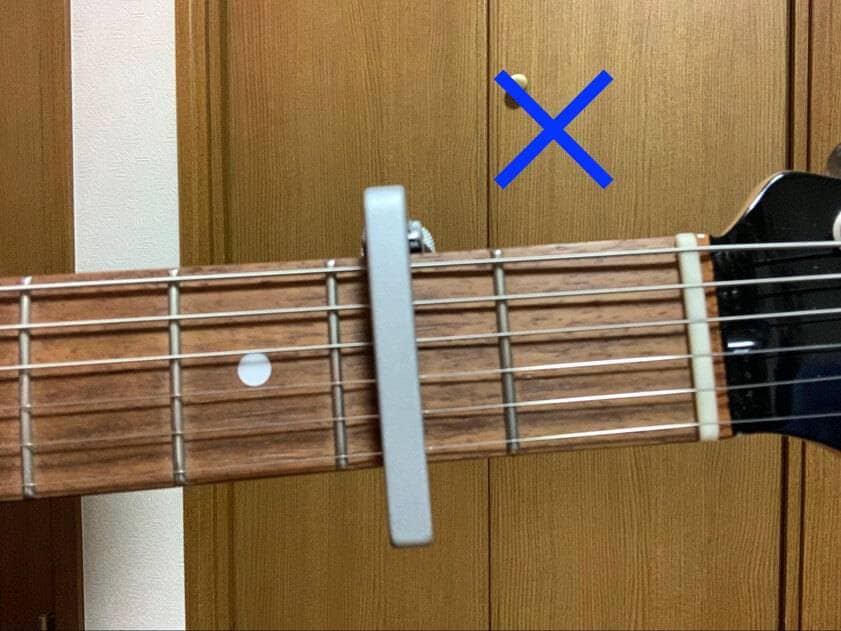
Do not pinch the capo from the top, but from the bottom (it sometimes happens).
If the capo is firmly attached to the base of the capo, as shown in this picture, the capo will protrude from the bottom.
If you do this, your left hand will get caught in the capo when you change the angle of your wrist.
The D chord is difficult to play with this capo because you may have to change your wrist angle a little bit.
If the capo can hold all 6 strings, then it’s OK.
If the capo is well made, you don't need to put it all the way to the back to make it stable.
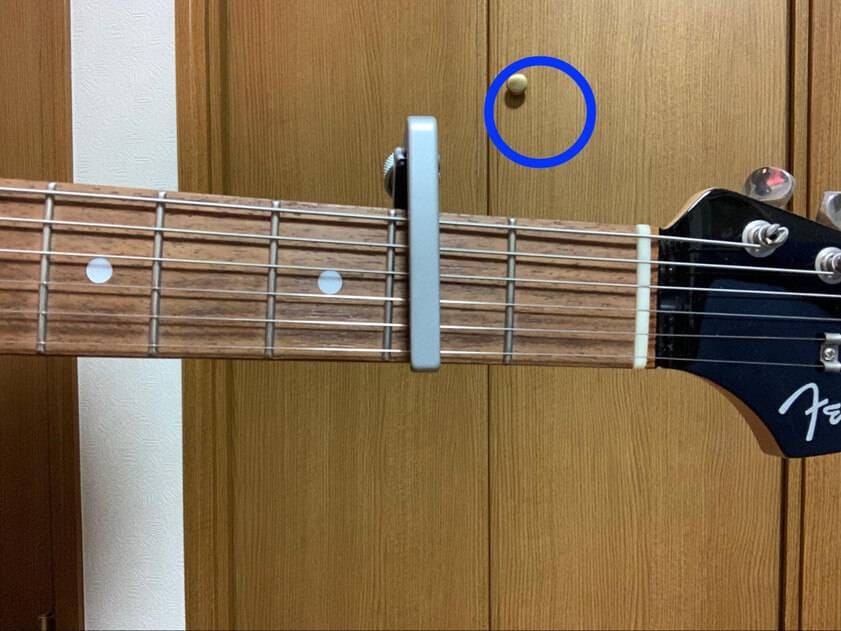
If you attach it in such a way that it doesn’t stick out at the bottom, you can move your wrist as if you were playing without capo, which makes it easier to play.
This method cannot be used with the type of capo that sits from the top and bottom, so you should consider the compatibility between your playing style and the type of capo.
The “sound & person” column is made up of contributions from you.
For details about contributing, click here.











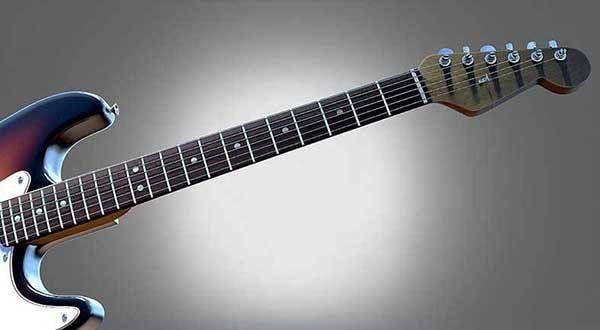
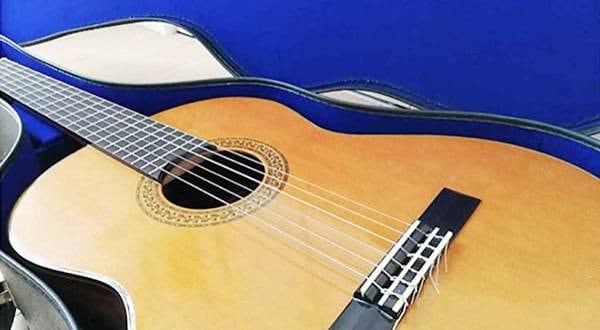

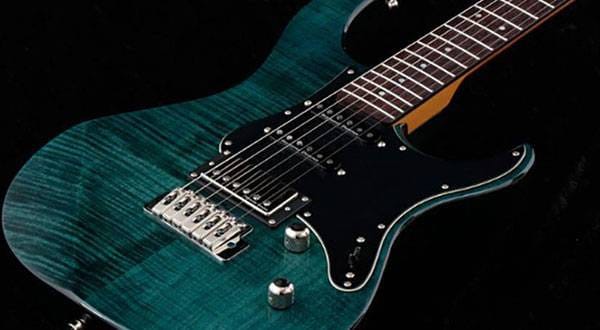
![[Acoustic Guitars] About materials used in acoustic guitar](/contents/uploads/thumbs/5/2020/6/20200605_5_10266_1.jpg)
![[2025 Recommended Ranking] How to Choose Acoustic Guitar Pickups](/contents/uploads/thumbs/2/2017/4/20170405_2_1124_1.jpg)
 ピックアップ交換大作戦!
ピックアップ交換大作戦!
 DIY ギターメンテナンス
DIY ギターメンテナンス
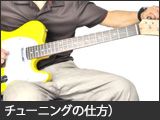 音を合わせる(チューニングの方法)
音を合わせる(チューニングの方法)
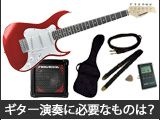 ギター演奏に必要なものは?
ギター演奏に必要なものは?
 ギター名人ラボ
ギター名人ラボ
 ギタースタートガイド
ギタースタートガイド















